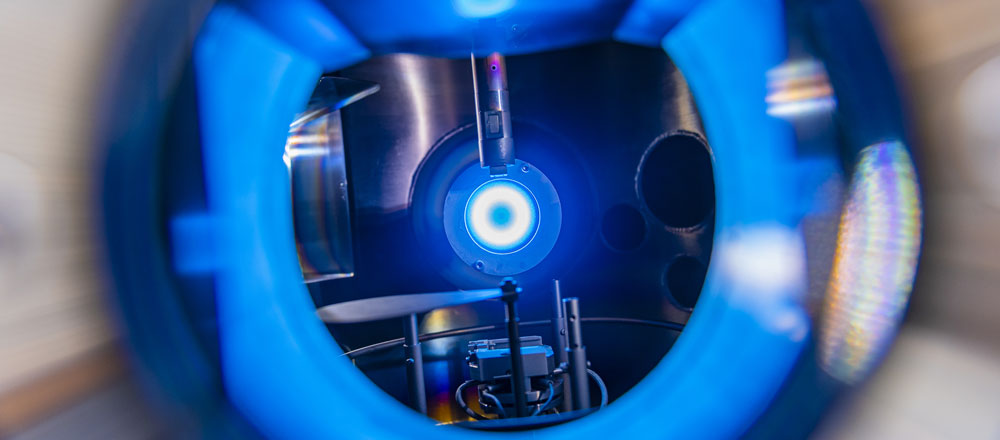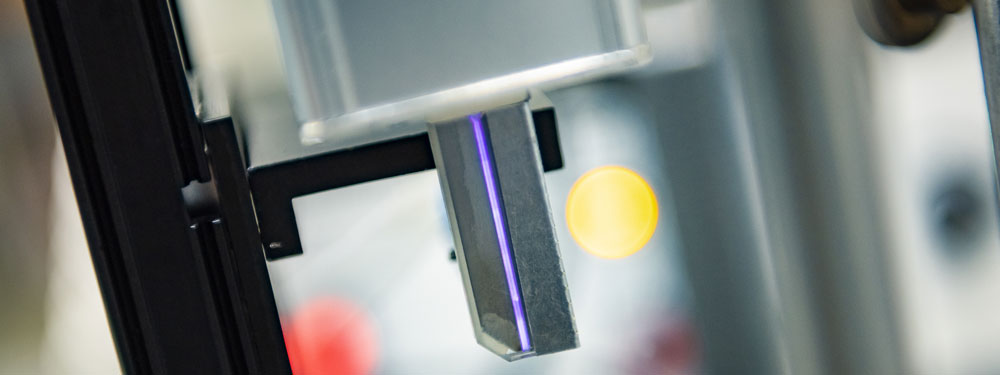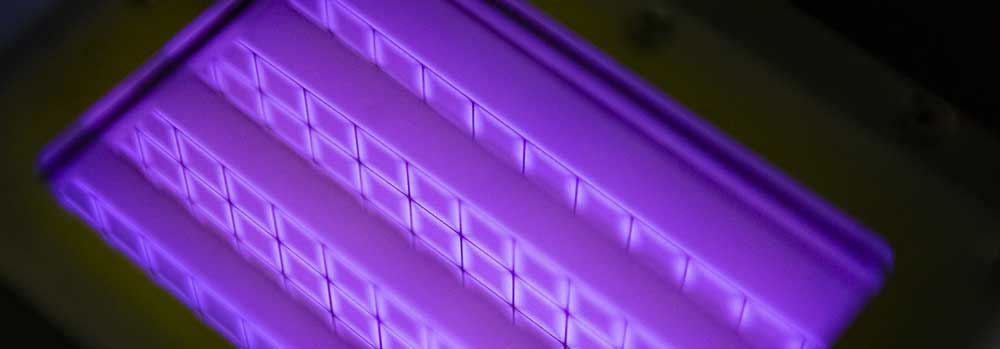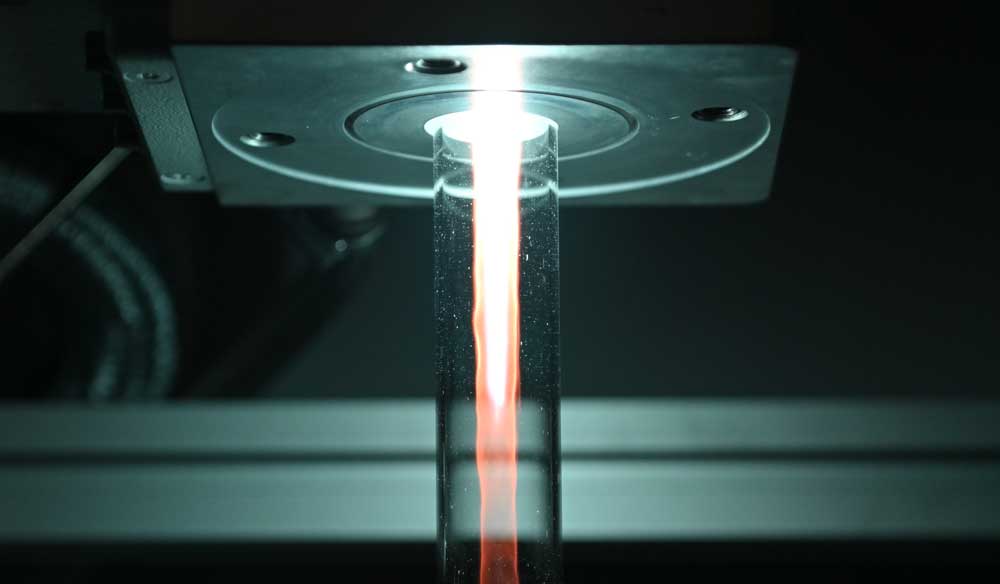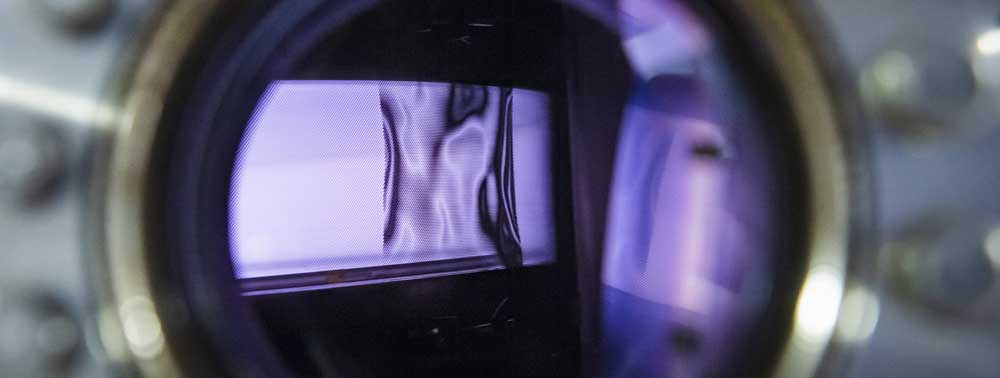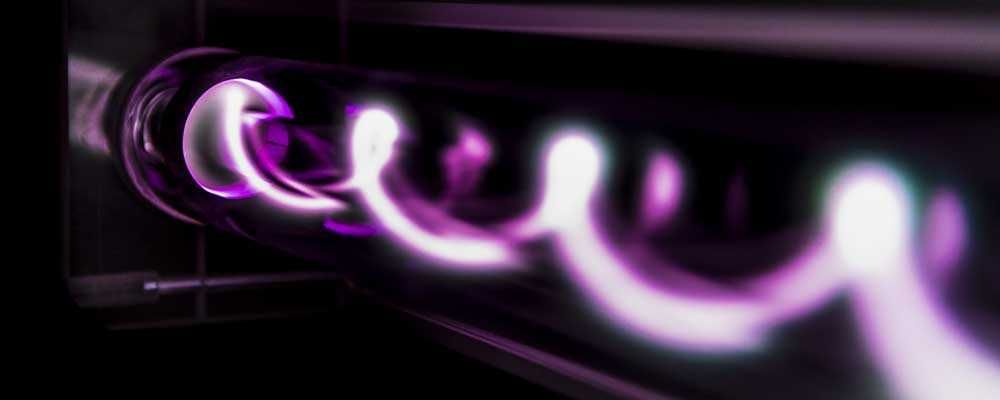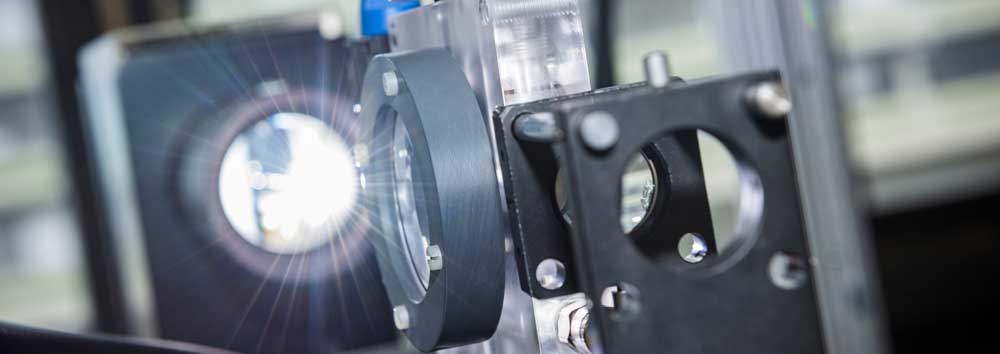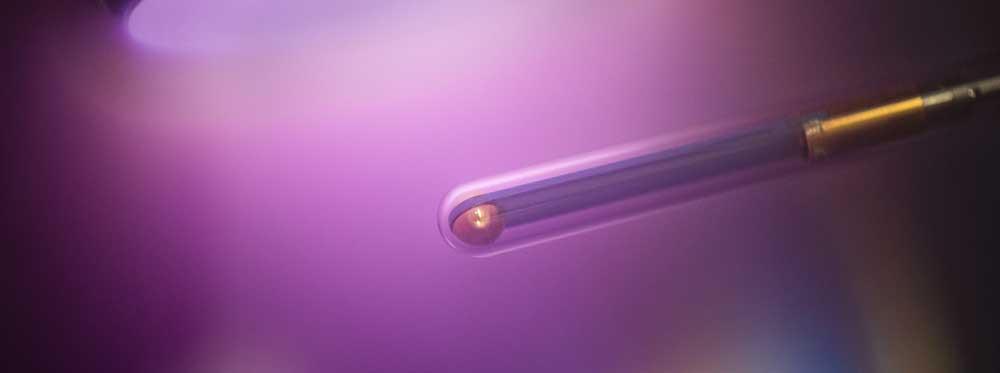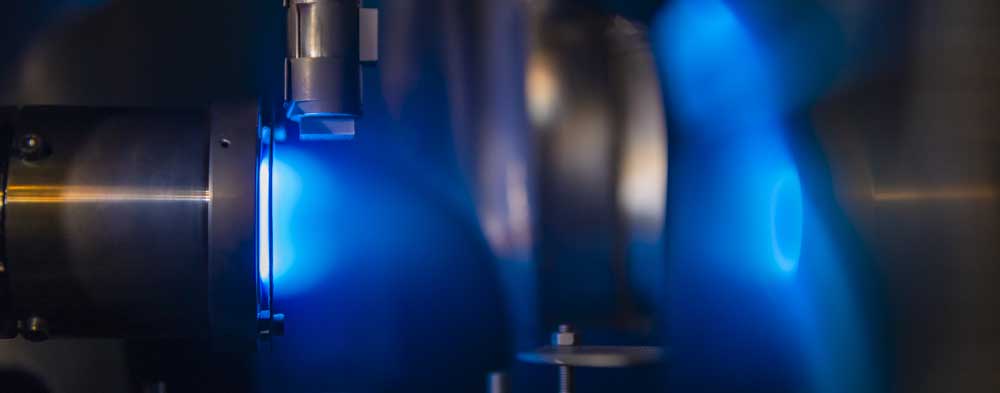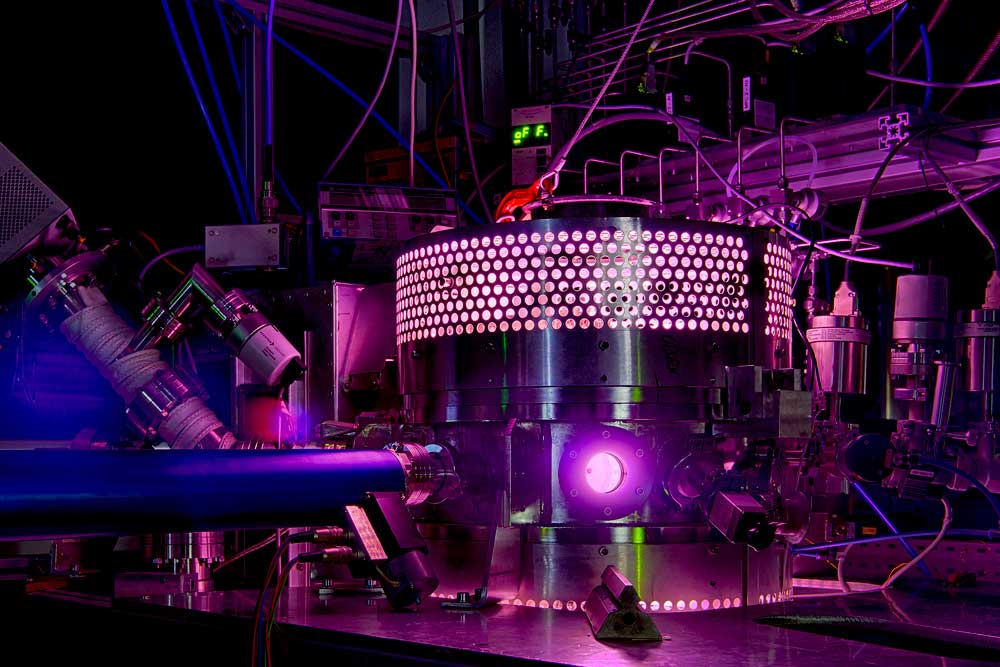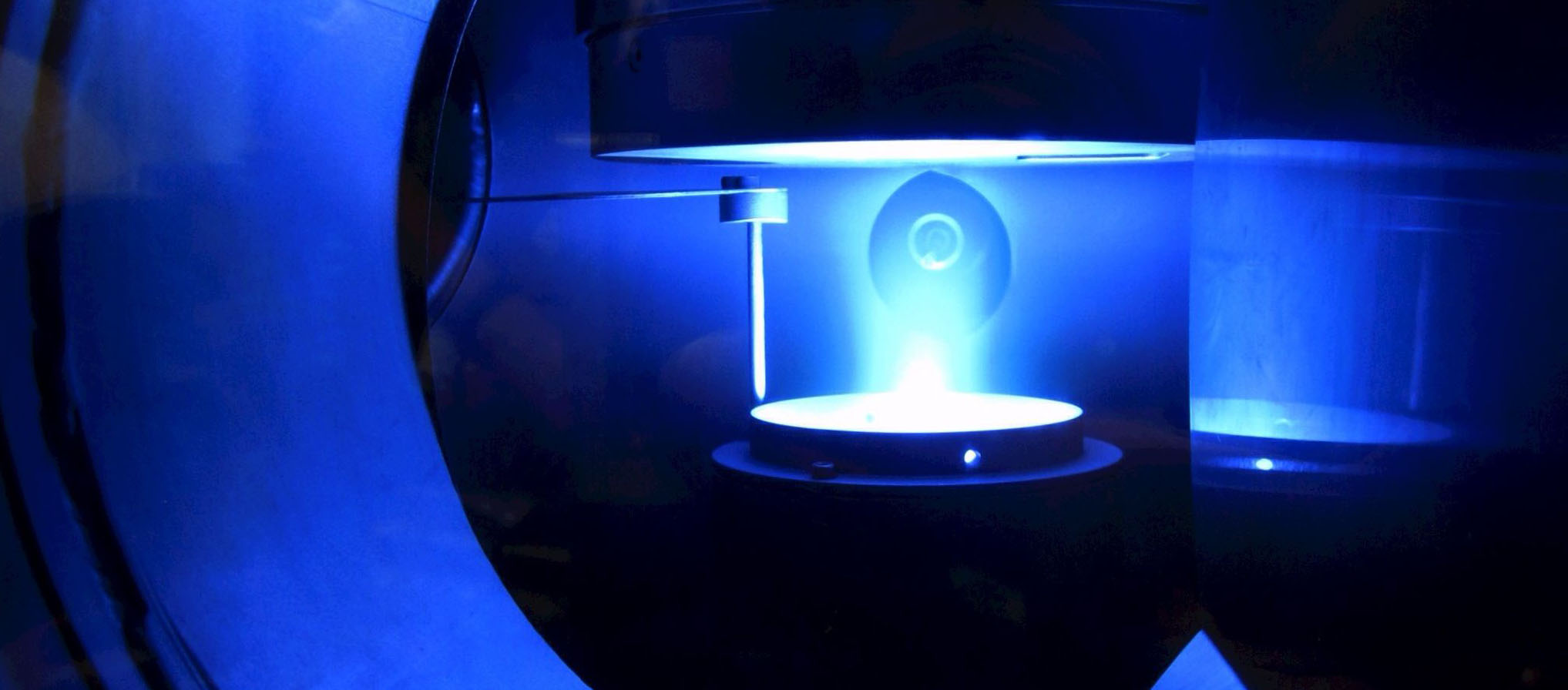Faculty of Physics and Astronomy
PROF. DR. HENDRIK HILDEBRANDT, OBSERVATIONAL COSMOLOGY, ASTRONOMICAL INSTITUTE
The research in our group is focussed on the exploitation of wide-field imaging surveys to study the effect of weak gravitational lensing of the large-scale structure of the Universe. This unique cosmological probe reveals the sta-tistical properties and evolution of the matter density field, which is described by the theory of cosmic structure formation. Precise measurements of this so-called cosmic shear effect constrain the values of important cosmologi-cal parameters like the total matter density and the amplitude of the power spectrum (i.e. the amount of clustering of matter). The gravitational lensing effect is inherently sensitive to all forms of matter and hence uniquely reveals (or makes visible) dark matter structures that dominate the matter budget of the Universe. Furthermore, their growth is influenced by the physical nature of the mysterious dark energy. In this way, our research is a direct window to study the dark Universe and extend our understanding at this very edge of our knowledge.
Keywords: Cosmology, Gravitational Lensing, Cosmic Shear, Wide-Field Imaging Surveys, Photometric Reds
Webpage: Astronomical Institute
Faculty of Electrical Engineering and Information technology
DR.-ING. SEBASTIAN WILCZEK, CHAIR OF APPLIED ELECTRODYNAMICS AND PLASMA TECHNOLOGY (AEPT)
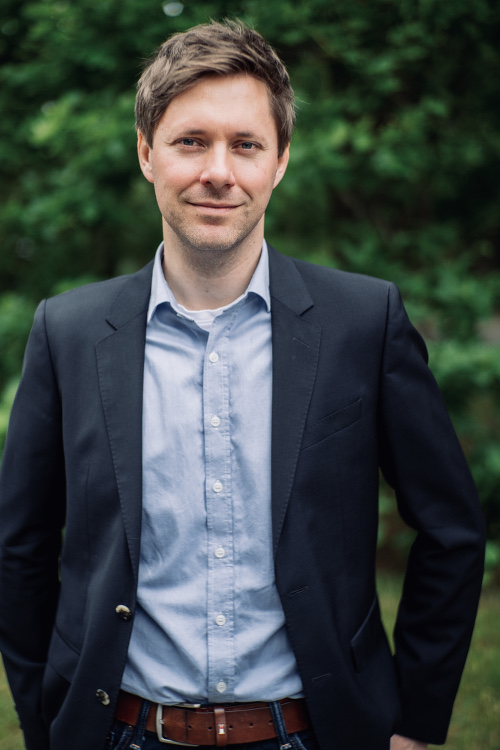 Within the scope of his activities, he is particularly engaged in the modeling and simulation of the COST jet for CO2 conversion. Meanwhile, he focuses on the simulation of surface DBDs.
Within the scope of his activities, he is particularly engaged in the modeling and simulation of the COST jet for CO2 conversion. Meanwhile, he focuses on the simulation of surface DBDs.
Keywords: electron dynamics, capacitively coupled radio frequency discharges, secondary electron emission coffe cients
Webpage: Chair of Electrical Engineeringd and Plasma Technology
FACULTY OF Physics and Astronomy
PROF. DR. UWE CZARNETZKI, CHAIR OF EXPERIMENTAL PHYSICS V
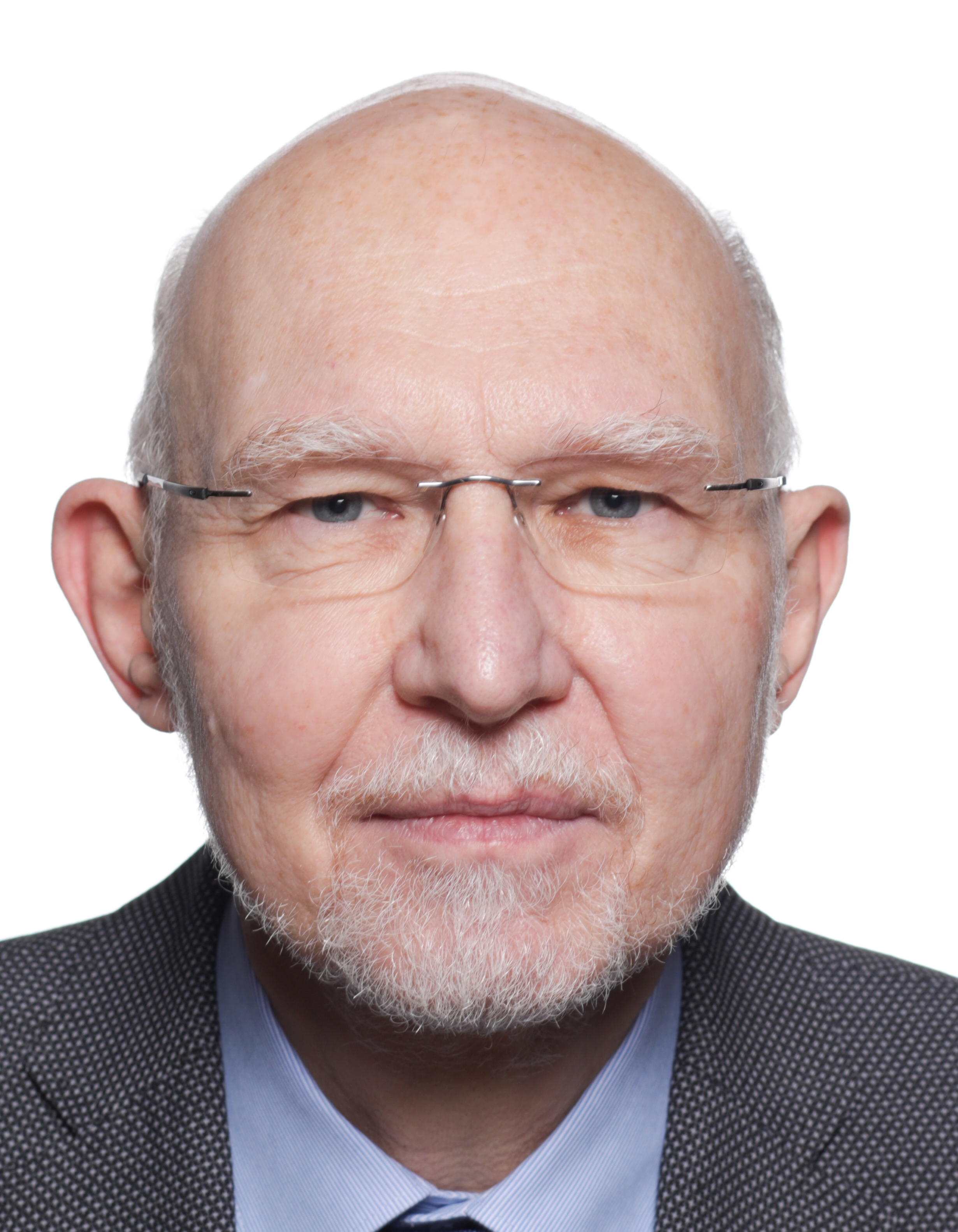 Low-temperature plasmas with electron temperatures in the range of a couple of eV are generally the topic of our research where we ask basic questions like these: How are electromagnetic fields coupled to the plasma? How do the electrons gain energy? How does the transport of charged particles work? What is the structure of the plasma and the plasma generated fields? What kind of collisional processes are important for transport and energy loss? The aim of our investigation is to understand the physics of these ionized systems. This requires well-designed plasma sources, which produce stable and reproducible plasmas, as well as advanced diagnostics. The most obvi-ous might be current and voltage measurements and various kinds of emission spectroscopic techniques - but even these diagnostics can be quite challenging on ns or even sub-ns time-scales. Further, charged particle detec-tion using probes or analyzers are essential for determining distribution functions. A particular strength of the group is in use and development of advanced laser diagnostic techniques, with lasers ranging from fs to cw opera-tion and wavelengths from the UV to the IR. Typically, a larger number of diagnostics is applied to a single type of plasma in order to obtain information on the most relevant key parameters. Since measurements alone are never sufficient to gain understanding of the physics, we also work on developing analytical models and often combine these with simulations. However, in most cases simulations are carried out in collaboration with colleagues who have specialized in this field. In any case, it is this triangle of experimental data, analytical models, and simula-tions, which is most successful in gaining insight on the physics.
Low-temperature plasmas with electron temperatures in the range of a couple of eV are generally the topic of our research where we ask basic questions like these: How are electromagnetic fields coupled to the plasma? How do the electrons gain energy? How does the transport of charged particles work? What is the structure of the plasma and the plasma generated fields? What kind of collisional processes are important for transport and energy loss? The aim of our investigation is to understand the physics of these ionized systems. This requires well-designed plasma sources, which produce stable and reproducible plasmas, as well as advanced diagnostics. The most obvi-ous might be current and voltage measurements and various kinds of emission spectroscopic techniques - but even these diagnostics can be quite challenging on ns or even sub-ns time-scales. Further, charged particle detec-tion using probes or analyzers are essential for determining distribution functions. A particular strength of the group is in use and development of advanced laser diagnostic techniques, with lasers ranging from fs to cw opera-tion and wavelengths from the UV to the IR. Typically, a larger number of diagnostics is applied to a single type of plasma in order to obtain information on the most relevant key parameters. Since measurements alone are never sufficient to gain understanding of the physics, we also work on developing analytical models and often combine these with simulations. However, in most cases simulations are carried out in collaboration with colleagues who have specialized in this field. In any case, it is this triangle of experimental data, analytical models, and simula-tions, which is most successful in gaining insight on the physics.
Keywords: Plasma physics, Plasma diagnostic, Plasma modelling, Low pressure plasmas, Atmospherics pressure plasmas
Webpage: Experimental Physics V
FACULTY OF Physics and Astronomy
DR. DIRK LUGGENHÖLSCHER, CHAIR OF EXPERIMENTAL PHYSICS V
Central part of the research is the investigation of low temperature, non-equilibrium plasmas. These plasmas, either low or atmospheric pressure, are of technological relevance and due to their unique features widely used in semiconductor manufacturing, material processing, plasma chemistry or medicine. Different plasma sources are examined: low-, radio- or microwave-frequency plasmas. The energy coupling into the plasma is capacitively, inductively or by electromagnetic waves. The essential aim is understanding the physics of these plasmas. There-fore, the determination of as many as possible plasma parameters like density and velocity of electrons and ions, electric fields, currents and potentials is pursued. In order to do so, different diagnostics are applied and also developed, e.g. various kinds of laser spectroscopy, emission spectroscopy, electrical measurements.
Keywords: plasmas, plasma diagnostics, laser, spectroscopy
Webpage: Experimental Physics V
FACULTY OF Physics and Astronomy
JUN.-PROF. DR. MARIA ELENA INNOCENTI, COMPUTATIONAL PLASMA PHYSICS
The research is focused on the interaction of kinetic and global scales in space (heliospheric) plasmas. Fully kinet-ic, Particle-In-Cell codes are augmented with capabilities that specifically address the multiscale nature of plas-mas, e.g., adaptive-like models are used to simulate localized, small scall processes embedded in large domains, and fully kinetic Expanding Box Models are used to simulate expanding plasmas such as the solar wind. Current topics of research are magnetic reconnection in symmetric (e.g., magnetotail) and asymmetric (e.g., magnetopause) environments, and heat flux regulation by kinetic processes in the solar wind. Simulations results are compared and validated vs recent missions, such as the MMS and Parker Solar Probe, Solar Orbiter missions for magneto-spheric and solar wind simulations respectively.
Keywords: space plasmas, kinetic, adaptive, reconnection, heat flux
Webpage: Theoretical Physics I
FACULTY OF ELECTRICAL ENGINEERING AND INFORMATION TECHNOLOGY
PROF. DR. RALF PETER BRINKMANN, CHAIR FOR THEORETICAL ELECTRICAL ENGINEERING
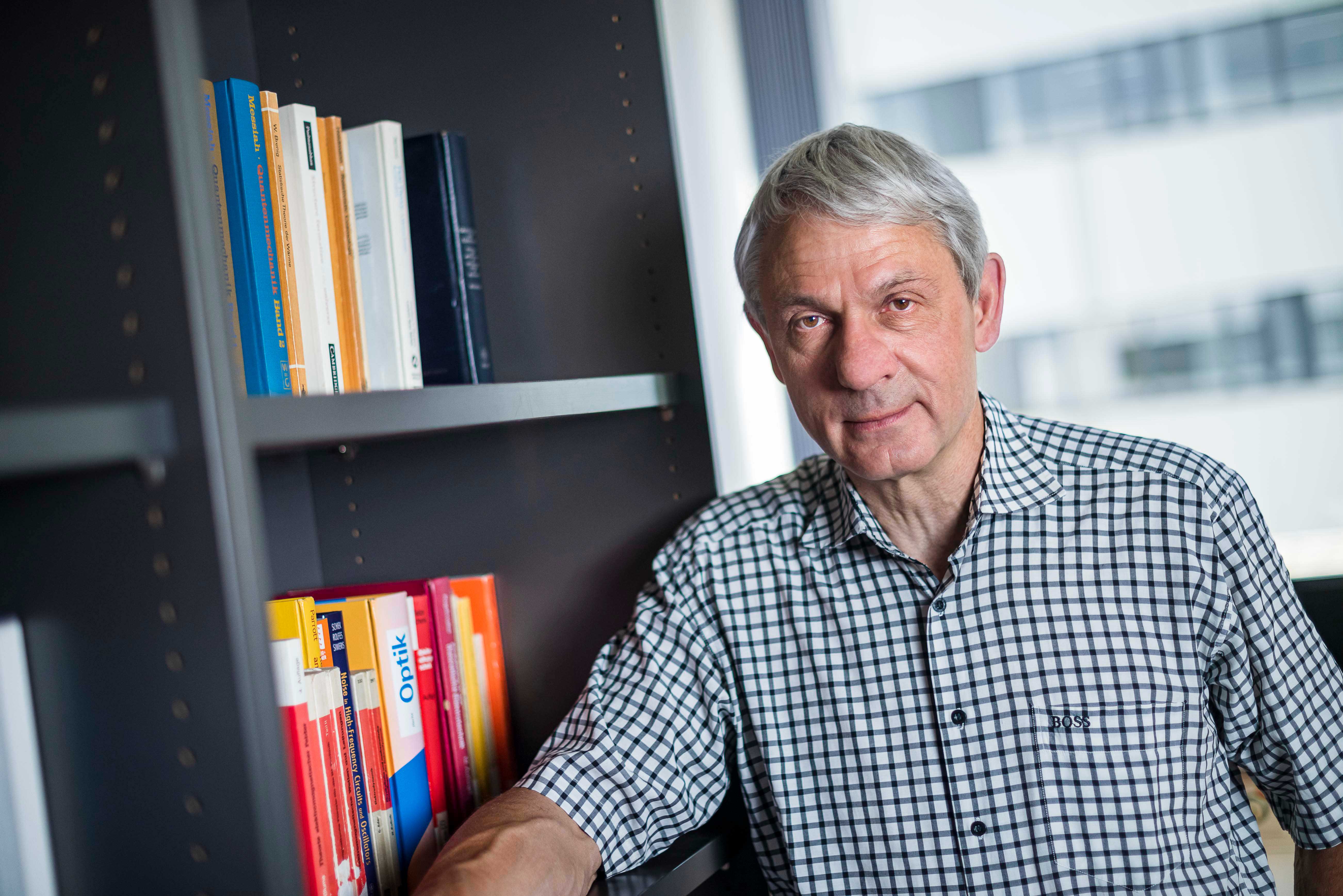
The main focus of the TET group is on the modeling and simulation of technological plasmas. A wide array of sys-tems and devices is addressed, distinguished by their excitation scheme (DC, pulsed, RF, MW), pressure range (1 to 105 Pa), and electron density (1014 - 1020 m-3). Special emphasis is on RF driven discharges (capacitively and inductively coupled plasmas), miniaturized plasma jets at ambient pressure, and magnetically enhanced high power plasmas (high power impulse magnetrons, magnetically enhanced hollow cathode arc discharges). Also addressed are core phenomena such as the plasma boundary sheath and the onset of spontaneous structure for-mation. Moreover, evaluation schemes for the plasma diagnostic methods are developed, particularly for passive and active plasma resonance spectroscopy. The research uses both analytical and numerical models, often in com-bination.
Keywords: Technological plasmas, kinetic theory, analytical methods, numerical methods
Webpage: Theoretical Electrical Engineering
Faculty of Chemistry
PROF. DR. NILS METZLER-NOLTE, CHAIR FOR BIOINORGANIC CHEMISTRY
Research in the Metzler-Nolte group is focused on the use of cold, atmospheric-pressure plasmas for chemical reac-tions and biological studies. By employing a range of analytical techniques, the group has elucidated the plasma reaction products of important biomolecules such as glutathione and vitamin B12, and selenium-containing bio-molecules. Moreover, we have described the interplay of redox-active transition metal ions such as iron with cold plasma, demonstrating catalytic reactions with plasmas. Current investigations use cold plasma to activate bio-active molecules and study the synergistic effects of cytotoxic molecules and plasmas, thereby potentially offering new approaches towards the treatment of neurodegenerative diseases or cancer.
Keywords: Plasma, plasma chemistry, medicinal chemistry, drug research, reactive oxygen species (ROS)
Webpage: Bioinorganic Chemistry
